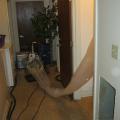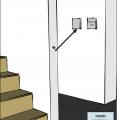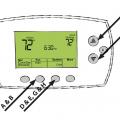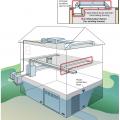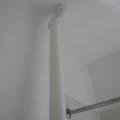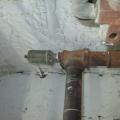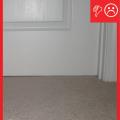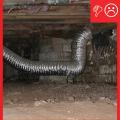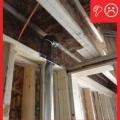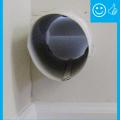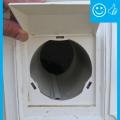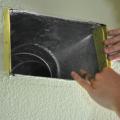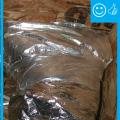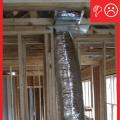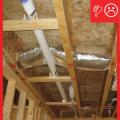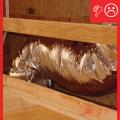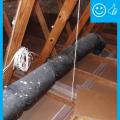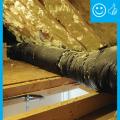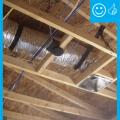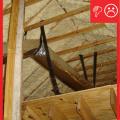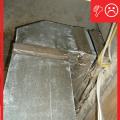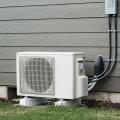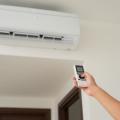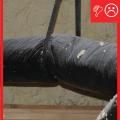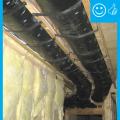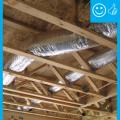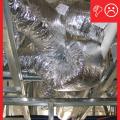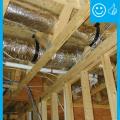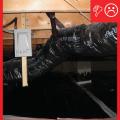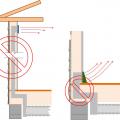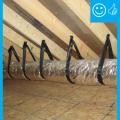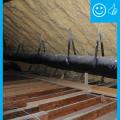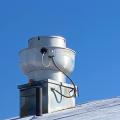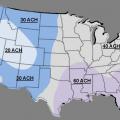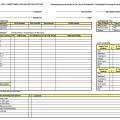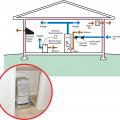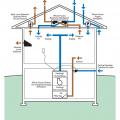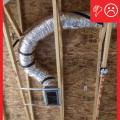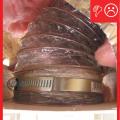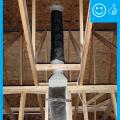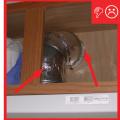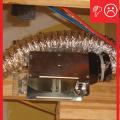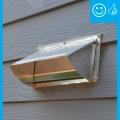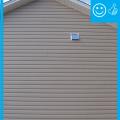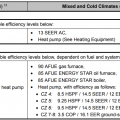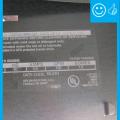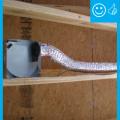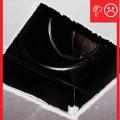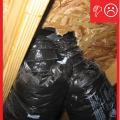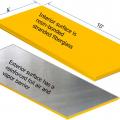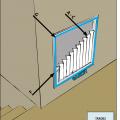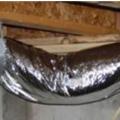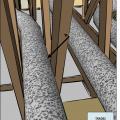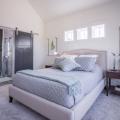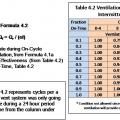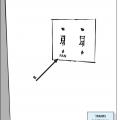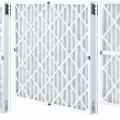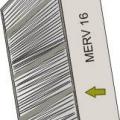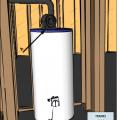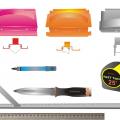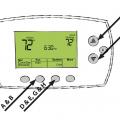Showing results 101 - 200 of 578
Continuously-operating ventilation & exhaust fans include readily accessible override controls
Contractors will inspect the home and test HVAC equipment for safety concerns before air sealing begins.
Cool air flow is produced when the cooling cycle is energized (set thermostat to “cool”)
Cooling air temperatures that can be achieved by a direct evaporative cooler at various outdoor conditions
Creating a soffit allows a duct trunk line to be relocated, reducing the risk of flooding damage to secondary HVAC components.
Cut fiber board with a red V-groove tool and a gray shiplap tool to create mitered corners and a shiplapped edge for duct sections
Direct-heat risers are bare pipes that heat the space they're in without connected radiators
Do not install a main vent on top of a drip leg where water spitting is likely to occur, which can damage the vent
Door has been undercut to allow for specified amount of air flow therefore contributing to pressure balancing
Dryer exhaust duct should vent directly to the exterior via a smooth, rigid metal duct
Dryer vent is run vertical with a 90 degree bend and does not vent to the outside
Duct boot is air sealed to ceiling by covering the seam with fiberglass mesh tape and mastic
Duct boots sealed to floor, wall, or ceiling using caulk, foam, mastic tape, or mastic paste
Duct lacks adequate support to carry the weight so the few straps are pinching the duct
Duct to boot connection of jump duct not fastened and sealed
Ductless indoor units like this one are controlled individually by handheld remote controllers.
Ducts are insulated but strapping is compressing the insulation therefore reducing the R-value
Ducts sagging because supports not installed at regular intervals
Electronically controlled dampers allow this central air system to provide zoned heating and cooling to specific parts of the home.
ENERGY STAR requires exhaust fans set for intermittent operation to have a sound rating of ≤ 3 sones and exhaust fans set for continual operation to have a sound rating of ≤ 1 sone.
Ensure that attached garages in multifamily buildings are well-ventilated to reduce the presence of airborne contaminants in the garage and occupied space
Evaporative Cooler Sizing in ACH based on wet-bulb temperatures at 1% summer design conditions
Example expanded performance table from a 1.5-ton air conditioner
Example of an HVAC installer’s balancing report form
Exhaust fan installed but in wrong direction causing excessive bend and duct is uninsulated
Fan CFM rating is higher than the requirement increasing the likelihood that it will meet the performance level once installed
Fan CFM rating is higher than the requirement increasing the likelihood that it will meet the performance level once installed
Fan housing was oriented in the correct direction to allow proper exhaust duct installation
Fans from seperate dwellings exhausted together without back-draft dampers and not sealed
Fans supply outdoor air tempered by indoor corridor air to the corridors of a multistory multifamily building, pressurizing the corridors and providing make-up air for the elevator shaft, which is depressurized by an exhaust fan.
Fiberglass mesh tape is installed around a duct boot in preparation for air sealing with mastic
Filter access panel includes gasket or comparable sealing mechanism and fits snugly against the exposed edge of filter when closed to prevent bypass
Filter located and installed so as to facilitate access and regular service by the owner
Flexible ducts in unconditioned space not installed in cavities smaller than outer duct diameter; in conditioned space not installed in cavities smaller than inner duct diameter
Flexible ducts supported at intervals as recommended by mfr. but at a distance ≤ 5 ft
For better temperature distribution and air quality, every bedroom and all of the common spaces in this home have ducted returns to the central heat pump and all bathroom exhaust fans are controlled by a condensation sensor and timer switch.
For fireplaces that are not mechanically drafted or direct-vented to outdoors, total net rated exhaust flow of the two largest exhaust fans is .15 CFM per 100 sq. ft. of occupiable space when at full capacity
Formula 4.2 from ASHRAE 62.2-2010 for fan flow rate required to achieve an effective ventilation rate
Function of ventilation controls is obvious (e.g., bathroom exhaust fan) or, if not, controls have been labeled
Furnace filter resistance varies by surface area; deeper pleats add surface area
Furnace filters that are MERV 6 or higher protect the HVAC equipment and improve indoor air quality
Furnaces, boilers, and water heaters located within the home’s pressure boundary are mechanically drafted or direct-vented
Hand tools for cutting fiber board sheets include a knife, straight edge, and color-coded edge-cutting tools
Heated air flow is produced when the heating cycle is energized (set thermostat to “heat”)
